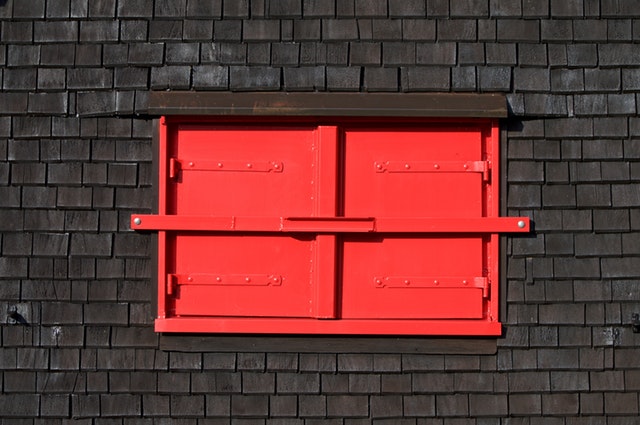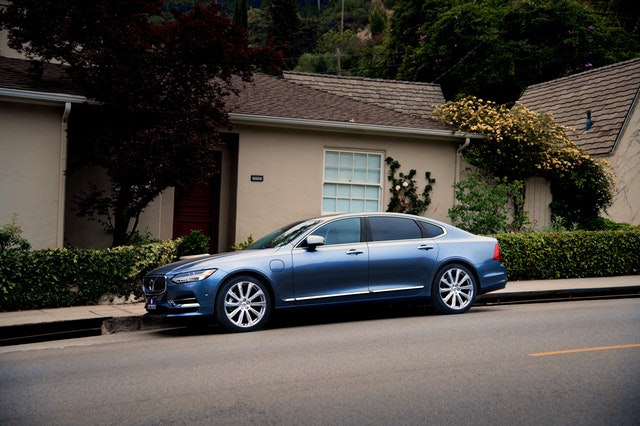4 Cool Green Material Ideas For Your New Home
 If climate change is foremost in your mind, you may be interested in reducing your new home’s carbon footprint. Choosing green materials is one way to promote sustainability and ensure you’re doing your part to help the planet.
If climate change is foremost in your mind, you may be interested in reducing your new home’s carbon footprint. Choosing green materials is one way to promote sustainability and ensure you’re doing your part to help the planet.
Green Flooring
Flooring takes up all the square feet throughout your home. If you can opt for green flooring that will do a lot to reduce your new home’s carbon footprint. Bamboo is a sustainable flooring option to consider. Bamboo grows at a rate that far outpaces any hardwood. For that reason, it’s become a popular choice for homeowners looking for green material options. Bamboo flooring now comes in a wide variety of colors, textures and styles. You’re sure to find something that matches with your style and décor.
Green Insulation
It’s now easier than ever to find green insulation options at just about any hardware stores. Green insulation is frequently made up of recycled fabric. The benefit above being sustainable is that there is no fiberglass to worry about getting into your skin or lungs. Green insulation is available in the same forms as some other kinds of insulation, including as a rolled up “blanket” that can be trimmed to match your insulation spaces.
Green Countertops
Countertops are often made of stone and granite, which may be considered green materials. However, the processing of such materials and the energy needed to transport them from the source to your home may not be so green. Consider investing in concrete countertops for your kitchen and bathroom. Concrete is a renewable and sustainable green material. Concrete countertops can be created in the same general location as your new home. They are mold and pest-resistant, fire resistant and offer a permanent countertop solution for those who are eco-conscious.
Green Roofing
Green roofing is harder to find, but in most areas, eco-conscious homeowners still have plenty of options. One such option is to have a copper or metal roof. While copper and other metals do require a labor-intensive process to extract from the earth, they last far longer than traditional roofing materials. Your copper or metal roof could last for a lifetime or more, whereas traditional roofs typically only last a maximum of 20 years.
These green material ideas for your new home will ensure that your home is leaving as small a carbon footprint as possible. For more green material ideas, contact your local contractor.
If you are in the market for a new home or interested in refinancing your current property, be sure to contact your trusted home mortgage professional to discuss financing options.

 The recent total devastation of the Bahamas by hurricane Dorian reinforced the need for hurricane-proof homes in areas that are subject to this risk. Building codes have not kept up with the increasing severity of the weather.
The recent total devastation of the Bahamas by hurricane Dorian reinforced the need for hurricane-proof homes in areas that are subject to this risk. Building codes have not kept up with the increasing severity of the weather. When you’re in the market for a new home to buy, your real estate agent will likely invite you to ride along with them to view homes. This is a convenient courtesy, but you may want to reconsider. Your other option is to follow the real estate agent in your own car instead.
When you’re in the market for a new home to buy, your real estate agent will likely invite you to ride along with them to view homes. This is a convenient courtesy, but you may want to reconsider. Your other option is to follow the real estate agent in your own car instead.